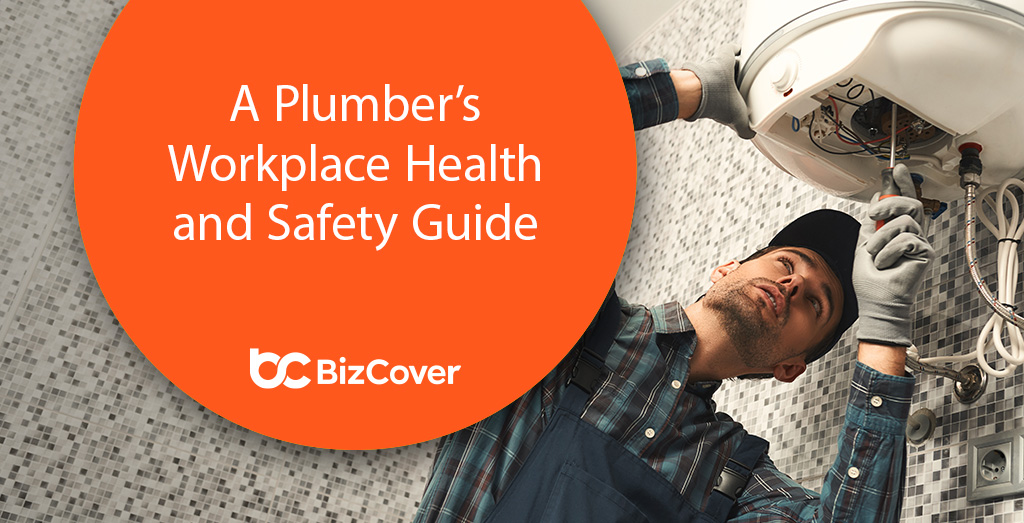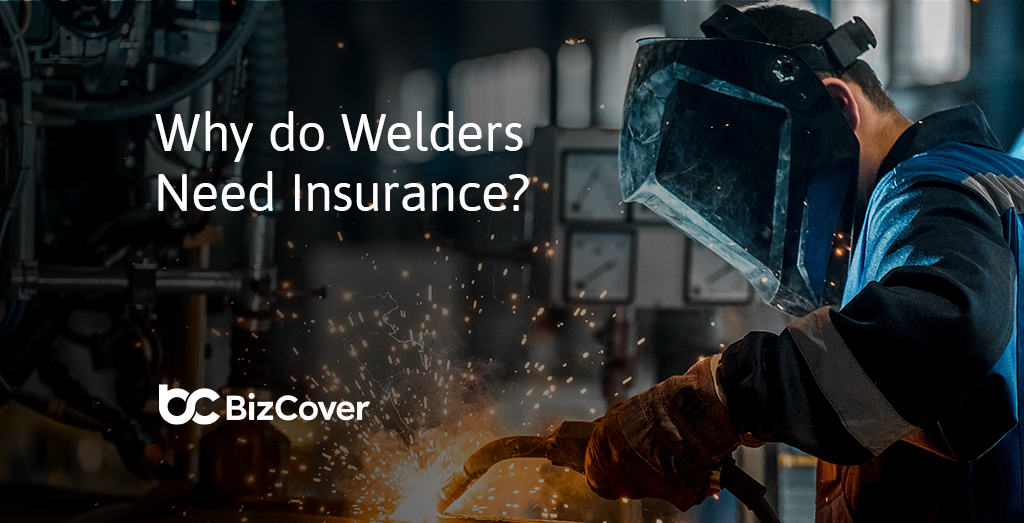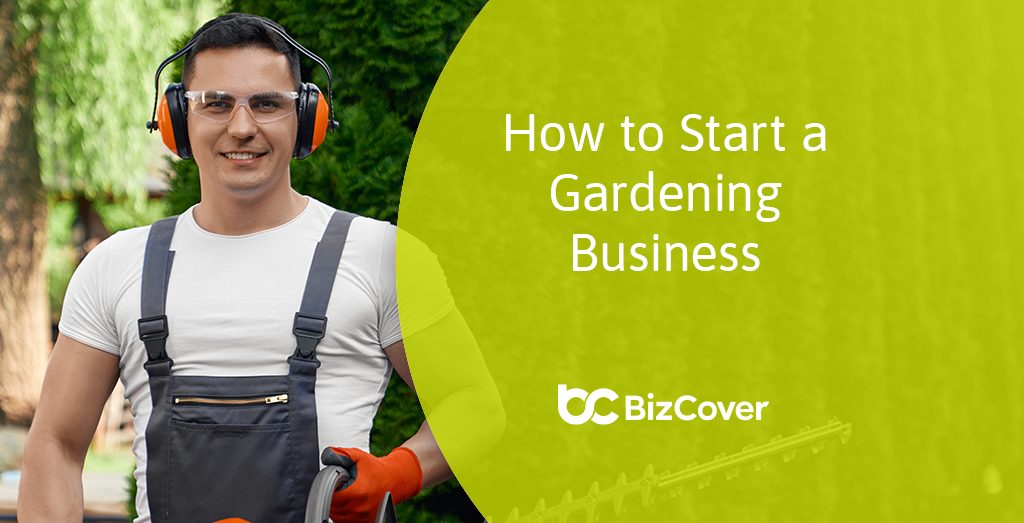A Plumbers Workplace Health and Safety Guide
Many trades professionals operate in environments that expose them to inherent safety risks, and plumbers are certainly no different. The work of a plumber is not without its risks, so it’s important that plumbers remember to plan safety measures into each job, exercise caution, and remain acutely aware of the potential dangers in their immediate working environment. It’s all about ensuring that the site is safe for the job at hand to be completed without compromising your health and safety.
Plumbers, like the rest of us mere mortals, cannot predict the future. It can be difficult to anticipate every possible scenario that may occur during any given plumbing job. But with careful planning, a risk-averse approach to the job at hand, and an understanding of plumbers’ do’s and don’ts can greatly reduce their risk. After all, we all want to get home safe and sound and in one piece at the end of our working day. Following the steps in this plumber’s work safety guide will help remind you of the things to look out for and avoid when you’re on a job site.
Six plumbing safety procedures for avoiding plumber’s hazards
No plumber in the history of the trade has been able to 100 per cent reduce their exposure to on-the-job safety risks. After all, accidents can and will occasionally happen, even when we arrive at work well-prepared and with a safety-first mindset.
However, there are a number of general safe work practices and precautionary measures plumbers can take to reduce their risk of getting hurt while on the job. So, let’s get stuck into some essential safe work strategies and proactive tips for plumbers that will help ensure your every workday as a plumber concludes without putting your health and safety at risk. This list has been created as a plumber’s safety guide to help keep you out of harm’s way while in the field.
1. Embrace Personal Protective Equipment
On any given workday plumbers can be exposed to everything from hazardous chemicals and materials, electricity, and large volumes of flowing water. When it comes to Personal Protective Equipment (PPE) for plumbers, it’s generally a case of the more you use, the better off you’ll be.
PPE is simply part of a plumber’s uniform. Plumbers typically require the full kit and caboodle when it comes to PPE – everything from goggles for eye protection, rubber boots and gloves, as well as a quality dust mask that will provide adequate protection from dust for the nose and mouth.
2. Put first aid first
Exposure to safety risks comes with the territory for plumbers, which makes having at least a basic understanding of practical first aid and how to administer it pretty much essential for plumbers. Your understanding of first aid will come in handy on jobs where you may encounter plumber’s hazards.
Your working knowledge of first aid could be the difference between being able to stabilise and manage an accident scene in the workplace, and something much worse. It will certainly be worth your time enrolling in a basic first aid course, which will equip you to:
- Perform CPR if necessary using the correct technique.
- Provide care for bleeding injuries and wounds.
- React to the situation and provide emergency care.
- Administer treatment as needed.
Be sure to keep a first aid kit in your work bag or vehicle so you have supplies to deal with common emergencies plumbers may encounter on the job.
3. Formalise your workplace, health, and safety documentation
If you’re a freshly minted plumber, a plumber operating as a sole trader, or a plumber with a very small team, you may not have had to refer to your workplace, health, and safety documentation very often. However, this plumbers guide to safety in the workplace wouldn’t be complete without a mention of reviewing and updating you workplace, health, and safety documents.
It is important to have a documented and formalised set of procedures in place that define the responsibilities and procedures for safety, health and the environment in your plumbing business. To establish a culture of safe work practices, make sure that all members of your team have a copy of your workplace, health, and safety documentation and are across safety processes and their role in promoting a safety in the workplace.
4. Keep the tools of you trade clean and in great nick
A potentially overlooked step in this plumber’s safety guide is the state of your tools. The tools of your trade are just that. They are essential equipment that enable you to deliver great work on time and to an impressive standard. They are the hardware that enables you to delight your customers and grow your business.
Even when business slows or money is tight, it’s important to make sure that the literal tools of your trade – your assortment of screwdrivers, pipe wrenches, and everything else that fills your toolbox – are of quality construction and constantly well maintained.
Don’t compromise by buying mediocre tools for your plumbing business; instead, buy the best quality tools you can with your budget. And if your tools are looking a little worse for the wear, that’s the sign that they need to be replaced. Well-worn tools can cause injuries to the user that could have otherwise been avoided. You may be able to lease the tools you need if you need a replacement urgently and aren’t in a position to buy it outright.
5. Conduct regular safety inspections
You can’t put a price on safety. The consequences of accidents in the workplace can be dire for a small business; worst-case scenario may be that your business may need to cease trading temporarily. Periodical safety inspections can help to identify hazards and address safety issues before yourself or your employees are injured on the job. A safety inspection should be one of your top priorities before committing to a job.
6. Pay close attention to code requirements
The final plumbing safety procedure we’ll cover in the plumbers work safety guide relates to code requirements. Codes for plumbing and building exist because they help keep everyone safe on the job site, including yourself, your team, your clients, and the general public in the vicinity of the job site. So it’s important that you adhere to them; don’t overlook them or treat them as not important.
For example, don’t exclude a vacuum breaker in a water supply line because it can result in the contamination of the public’s drinking water. This is a common requirement of the plumbing and building codes.
While you’re busy following these plumbers’ do’s and don’ts and ensuring plumbing safety procedures on every job, you don’t want any leaks when it comes to your business insurance*. So let BizCover do the hard labour for you.
We make finding and purchasing your Victorian plumber insurance quicker than a turn of a spanner. Visit our dedicated insurance for Victorian plumbers page for all you need to know about plumbers insurance for licensed plumbers. Or give us a bell on 1300 920 864 to see how we can help protect your licensed plumbing business
© 2022 BizCover Pty Limited, all rights reserved.
ABN 68 127 707 975; AFSL 501769
This information is general only and does not take into account your objectives, financial situation or needs. It should not be relied upon as advice. As with any insurance, cover will be subject to the terms, conditions and exclusions contained in the policy wording. © 2025 BizCover Limited.





